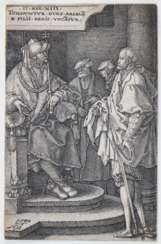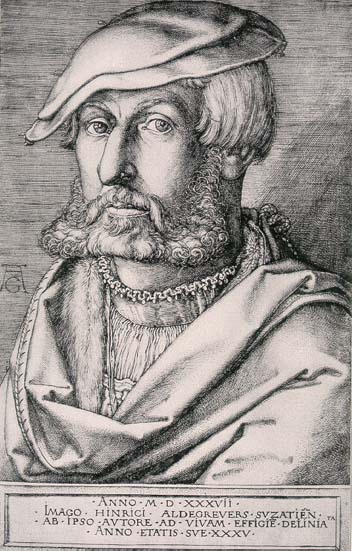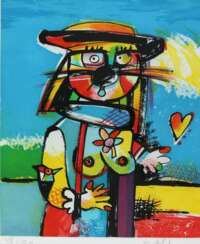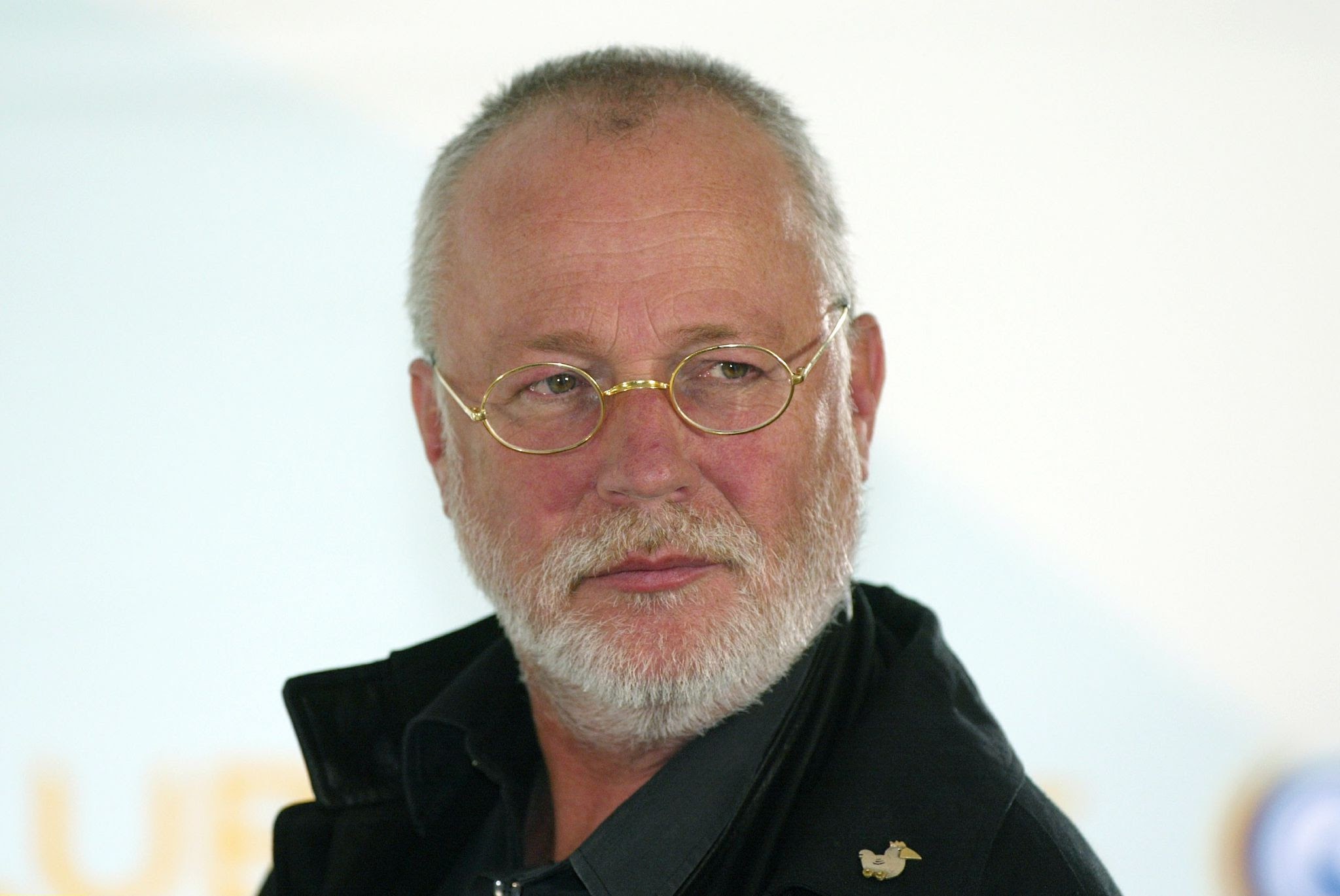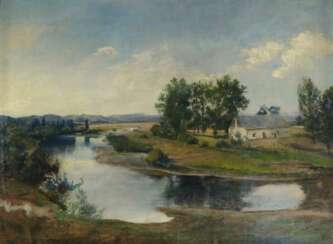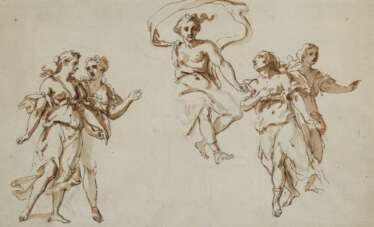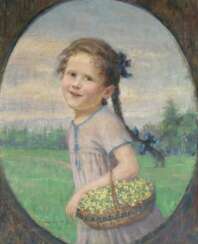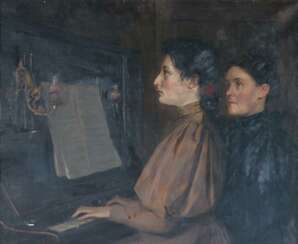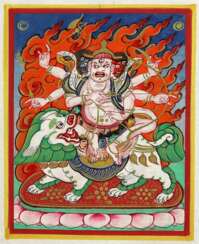
Artistic graphics — A129-3: Graphik
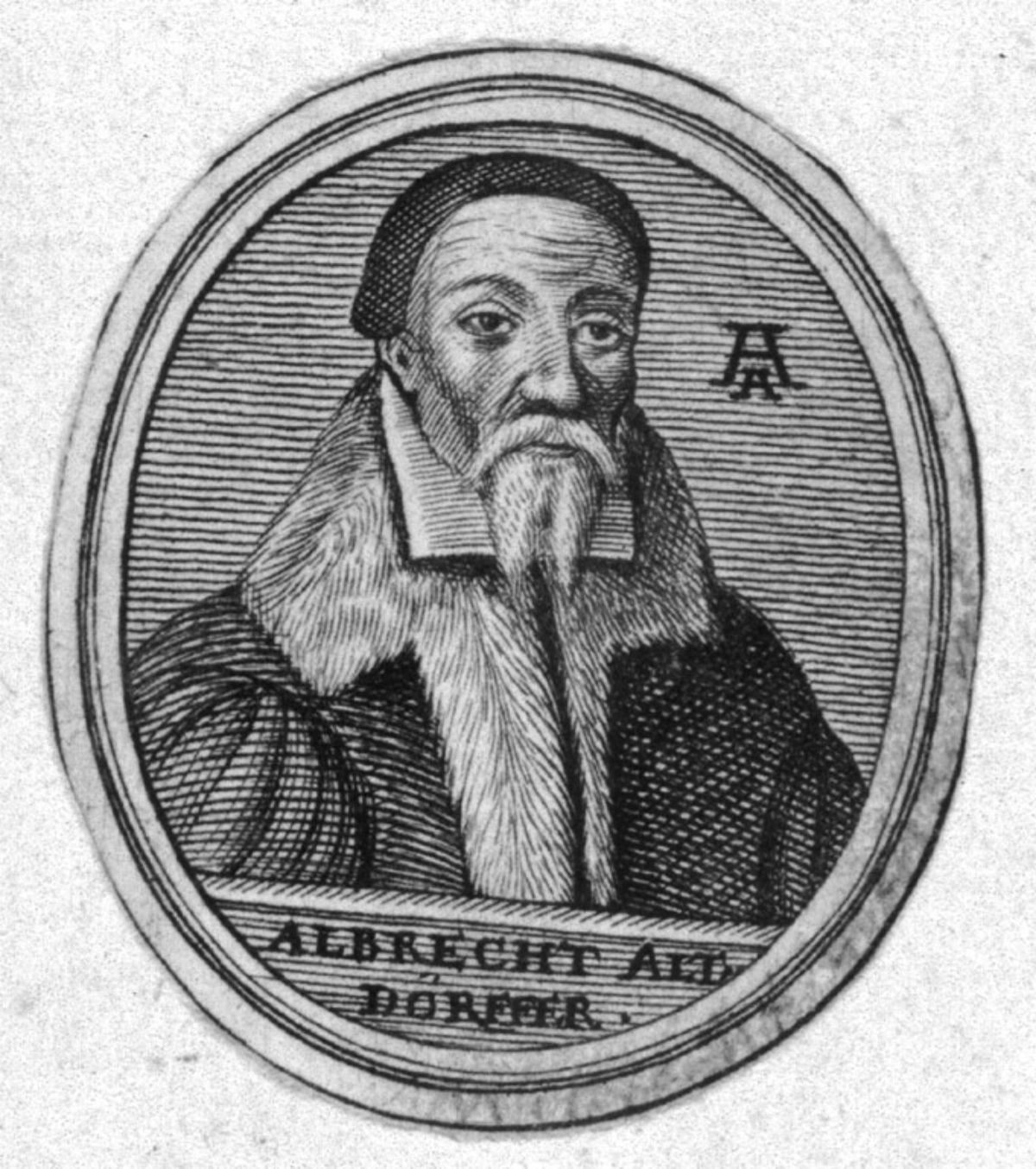
Albrecht Altdorfer, a notable German painter, engraver, and architect of the Renaissance era, was especially recognized for his contributions to landscape painting. Born around 1480, Altdorfer was a pivotal figure in the Danube School, distinguishing himself with his integration of natural landscapes into biblical and historical narratives.
His works are celebrated for their detailed and expressive landscapes, often serving as backdrops to religious and historical scenes. A hallmark of his style is the emotional intensity and vivid use of colors, which border on expressionistic in his religious scenes, particularly seen in works like the Sebastian Altar in St. Florian's Priory. Altdorfer's painting, "The Battle of Alexander at Issus," stands out for its epic portrayal of Alexander the Great's victory, showcasing Altdorfer's talent in blending historical narrative with dramatic landscape settings.
In addition to his artistic pursuits, Altdorfer was actively involved in the civic life of Regensburg, serving as its mayor in 1528. His legacy in the art world is profound, with his innovative approach to landscape painting influencing the course of European art.
For those interested in delving deeper into Albrecht Altdorfer's oeuvre or staying informed about related exhibitions and auction events, signing up for updates can provide valuable insights and opportunities.
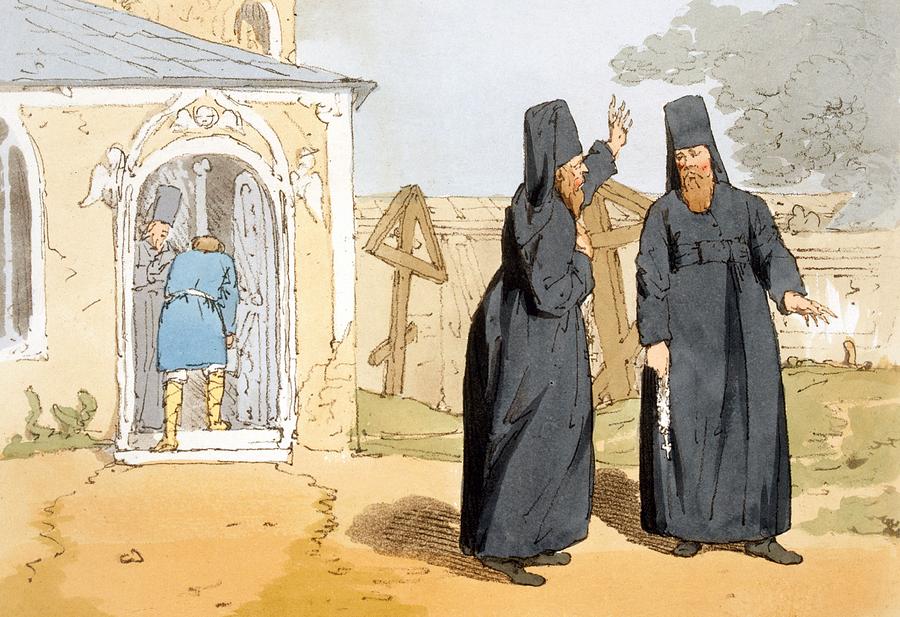
John Augustus Atkinson was a British watercolorist, illustrator and engraver.
In 1784, the young Atkinson traveled to St. Petersburg, Russia, to stay with his uncle James Walker, who worked as an engraver at the court of Empress Catherine the Great. The aspiring artist learned from the work of the great Russian painters whose paintings he saw in the art galleries of St. Petersburg. Catherine and her son Paul I, noticing his talent, commissioned Atkinson to paint pictures on historical subjects.
In 1801 Atkinson returned to England and a year later published an album entitled "Pictorial representation of Russian manners, customs and amusements" on 100 plates drawn and engraved by himself. This work was a great success in Europe. Later, during the Napoleonic Wars, Atkinson created many battle scenes, including the Battle of Waterloo and naval battles. In 1808 he was elected to the Society of Watercolor Painters.




